MARIANI’S
Virtual
Gourmet
May
29, 2022
NEWSLETTER
ARCHIVE
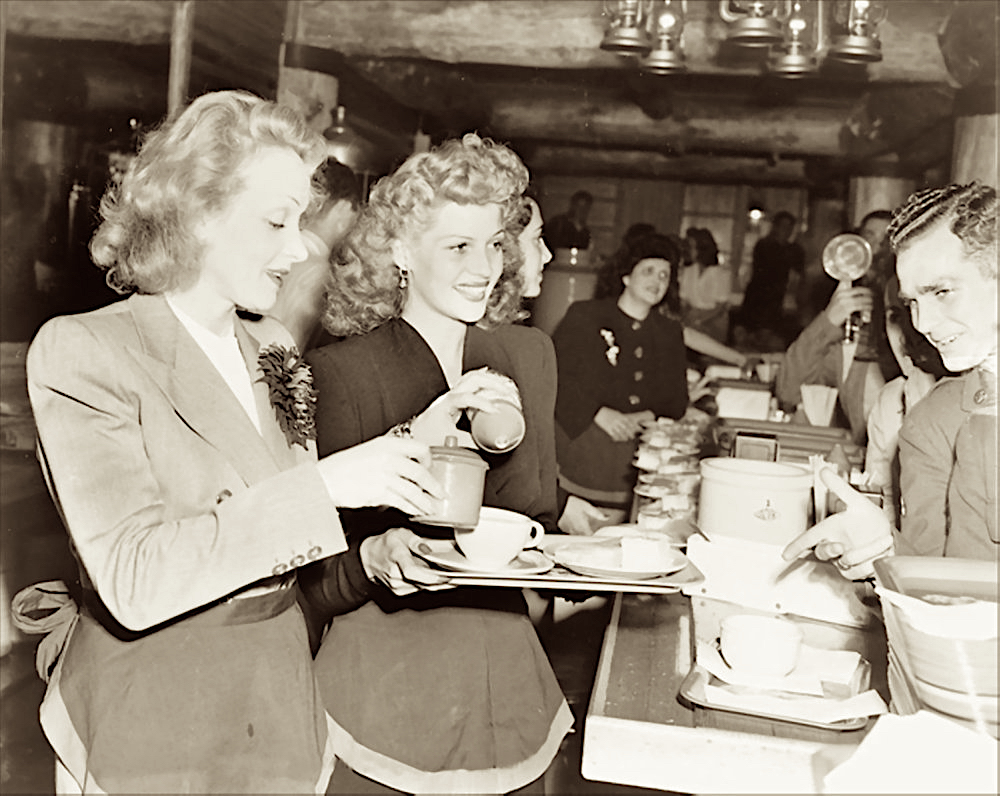
Marlene Dietrich and Rita Hayworth serving servicemen at the Hollywood Canteen during World War II
REMEMBER MEMORIAL DAY
IN THIS ISSUE
STAYING PUT IN DUBLIN
By John Mariani
NEW YORK CORNER
KYU
By John Mariani
ANOTHER VERMEER
CHAPTER TWENTY-ONE
By John Mariani
NOTES FROM THE WINE CELLAR
A True Story About Cheval Blanc (Probably)
By Geoff Kalish
❖❖❖
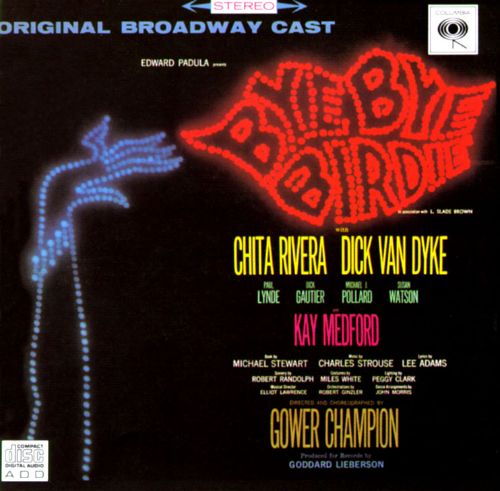 MASLON
on the great BROADWAY MUSICALS OF THE
1960S. Go to: WVOX.com.
The episode will also be archived at: almostgolden.
MASLON
on the great BROADWAY MUSICALS OF THE
1960S. Go to: WVOX.com.
The episode will also be archived at: almostgolden.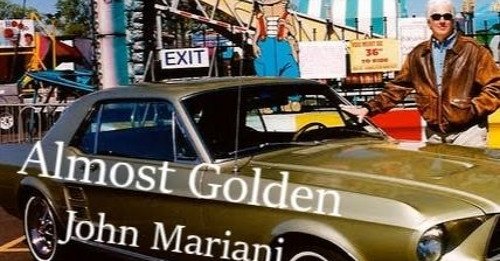
❖❖❖
STAYING PUT IN DUBLIN
By John Mariani
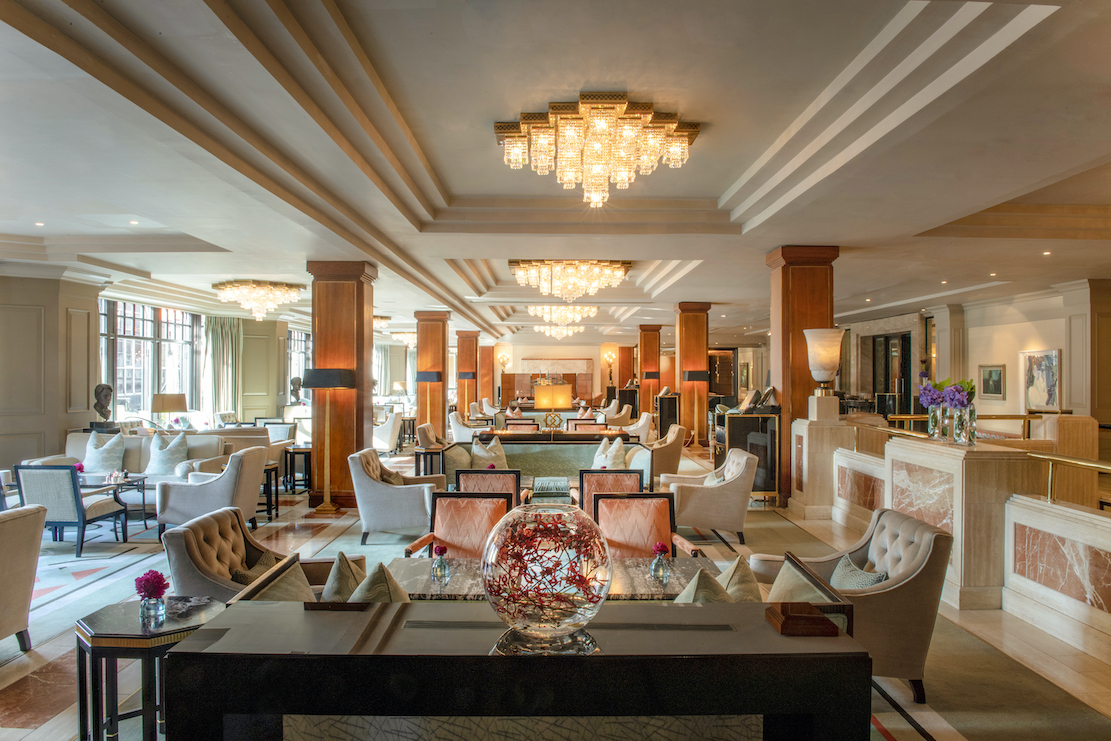
THE WESTBURY HOTEL GALLERY
As
everywhere in Europe, the economic slump of 2008
hurt Dublin’s tourism and business travel so
that there was a shake-up in the hotels, with
the inevitable change of hands. The Four Seasons
became an Intercontinental; Bono
and the Edge still own the building that houses
the Clarence Hotel in Temple Bar, 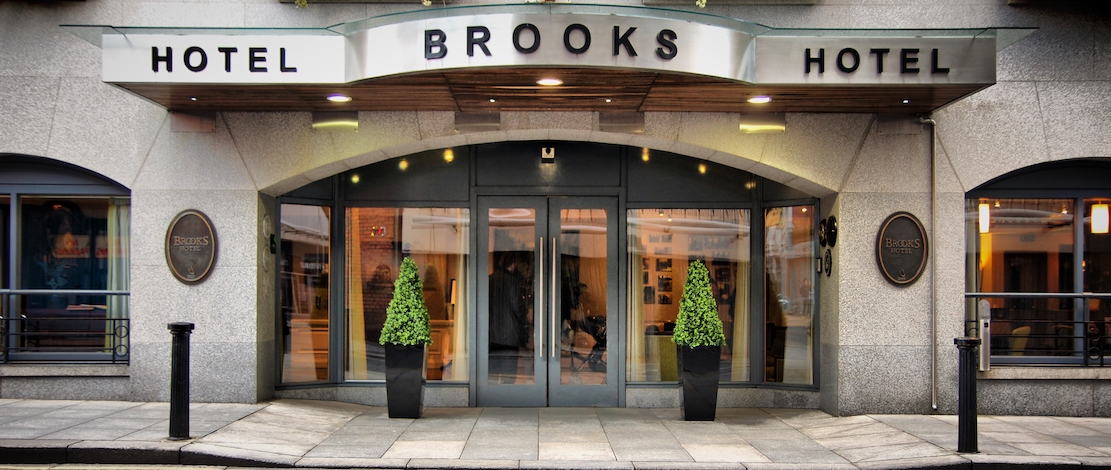 but
it is now part of the Press Up Entertainment’s
portfolio; The Marker Hotel in Docklands has
been bought by Anantara Hotels, Resorts &
Spas, owned by German real estate company Deka
Immobilien; and Marriott re-opened the Shelburne
after 18 months of renovation, a year before the
slump came. Now, with the economy of Ireland
well back on track and post-pandemic tourism
growing, all the hotels have been spruced up and
the best are as modern as any in Europe, albeit
with a fine degree of Gaelic history.
but
it is now part of the Press Up Entertainment’s
portfolio; The Marker Hotel in Docklands has
been bought by Anantara Hotels, Resorts &
Spas, owned by German real estate company Deka
Immobilien; and Marriott re-opened the Shelburne
after 18 months of renovation, a year before the
slump came. Now, with the economy of Ireland
well back on track and post-pandemic tourism
growing, all the hotels have been spruced up and
the best are as modern as any in Europe, albeit
with a fine degree of Gaelic history.
.jpg) On my previous
visit to Dublin in 2019 I was so happy staying at
the centrally located boutique Brooks
Hotel on Drury Street that I stayed there
again this spring. And nothing could have made me
more comfortable than being greeted by the
redoubtable concierge Conor O’Connell (left),
who looks like a sprightlier version of Samuel
Beckett and never forgets a guest, especially
since eight out of ten of the hotel’s guests are
regulars.
On my previous
visit to Dublin in 2019 I was so happy staying at
the centrally located boutique Brooks
Hotel on Drury Street that I stayed there
again this spring. And nothing could have made me
more comfortable than being greeted by the
redoubtable concierge Conor O’Connell (left),
who looks like a sprightlier version of Samuel
Beckett and never forgets a guest, especially
since eight out of ten of the hotel’s guests are
regulars.
In his well-pressed blue suit and gray
vest, club tie and Les Clef d’Or gold pins, he
always seems the first person you see each morning
and the fellow who asks you how your night has
gone. He knows every byway in Dublin and has a
book crammed with the telephone numbers of every
restaurant manager, museum official, haberdasher,
street guide and taxi driver by name. 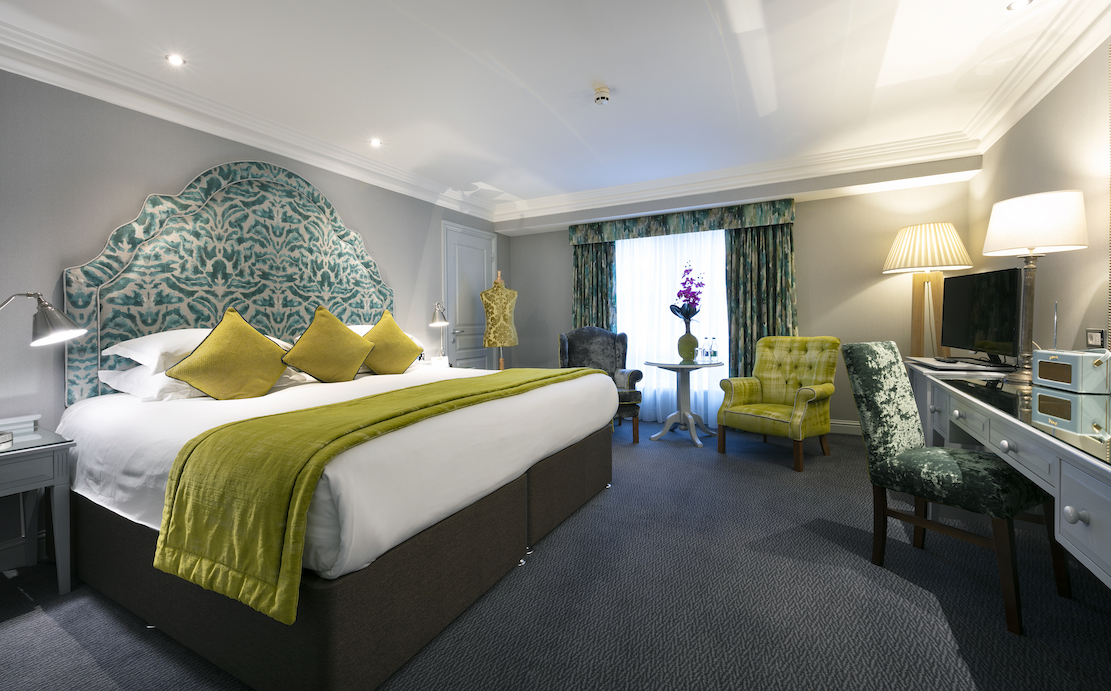 Whatever
needs booking, Conor will see to it at a moment’s
notice, and his winking Irish wit is that of a man
who puts everyone at ease.
Whatever
needs booking, Conor will see to it at a moment’s
notice, and his winking Irish wit is that of a man
who puts everyone at ease.
Opened in 1996, Brooks Hotel now
has 100 rooms, a bright breakfast, lunch and
dinner restaurant named Francesca’s under chef Patrick McLarnon offering
modern Irish cuisine including black pudding with
a poached egg, East Coast chowder and pork fillet
with onion stuffing. (Ask for his recipe for Irish
soda bread.) The very well appointed, modern rooms
have well lighted baths. As noted, it could hardly
be more centrally located, within a short walk of
Grafton Street, Nassau Street and Trinity College.
There’s parking right across the street.
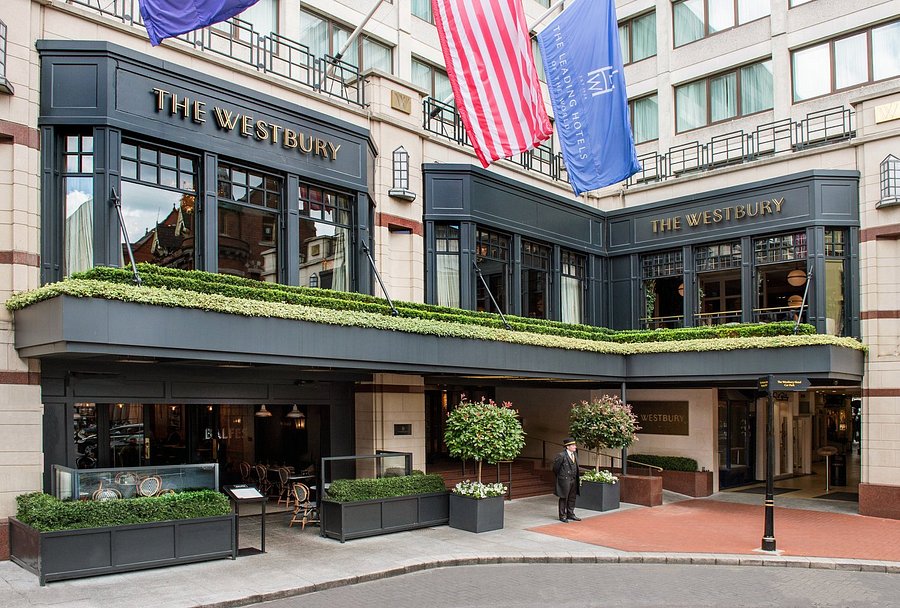 At
the moment the hotel offers a generous one-night
stay (Classic Queen room) with a two-course meal
and bottle of house wine and complimentary
breakfast from $410. The hotel offers a “best rate
guarantee” without the need to search the web for
any better, so it’s wise to book directly.
At
the moment the hotel offers a generous one-night
stay (Classic Queen room) with a two-course meal
and bottle of house wine and complimentary
breakfast from $410. The hotel offers a “best rate
guarantee” without the need to search the web for
any better, so it’s wise to book directly.
 Sidecar,
overseen by mixologist and sommelier Michael O’Shea,
who regularly holds custom whiskey tastings.
Sidecar,
overseen by mixologist and sommelier Michael O’Shea,
who regularly holds custom whiskey tastings. Here you’ll enjoy a very fine complimentary breakfast as a capital way to shrug off jetlag when you arrive in the morning, with bright sun (if there is any) pouring through its tall windows onto plush loveseats and armchairs beneath coffered ceilings. It’s also a prime afternoon tea spot in town. There is a fitness center, on-site parking and business center.
The Westbury’s rooms are spacious, the color tones muted and the bathroom is considerably larger than many other deluxe hotels’, more along the lines of a California style, with an excellent glass
 shower and extensive vanity. Rooms currently begin
at about $520.
shower and extensive vanity. Rooms currently begin
at about $520. Downstairs is a lively Balfe’s Brasserie with wicker chairs and marble tables, while upstairs is a very fine restaurant, WILDE, which I shall soon be writing about when I report on Dublin’s restaurant scene.
Although it is described as a boutique hotel, The Fitzwilliam Hotel, located off Grafton Street across from St. Stephen’s Green, affords a quick drop-in-and-get-away for business travelers. The quietest rooms overlook the garden now in full bloom, while others have four-posted beds. All rooms are in vivid colors, with a varied hues of purple and violet.
Currently there is a Spring Escape package at about $320, with extensive complimentary breakfast and free parking. And if you’re feeling posh, the Presidential Suite of 2,000 square feet, with a guest room study, baby grand piano and complimentary Champagne, should be just the ticket.
The award-winning restaurant, Glovers Alley, will be a subject of my upcoming round-up of Dublin’s best restaurants.
For information on traveling to Ireland go to: www.ireland.com
❖❖❖
KYU
325 Lafayette Street
929-338-5188
.jpg)
By John Mariani
 he big,
brash Asian restaurant has become a genre all
its own in big, brash cities like New York,
Miami and Las Vegas, and in some cases the food
seems secondary to the show, which is built
around endless rounds of Technicolor cocktails
and Techno music. Kyu has a far more serious
intention to showcase the food, under Executive
Chef Chris Arellanes (formerly
he big,
brash Asian restaurant has become a genre all
its own in big, brash cities like New York,
Miami and Las Vegas, and in some cases the food
seems secondary to the show, which is built
around endless rounds of Technicolor cocktails
and Techno music. Kyu has a far more serious
intention to showcase the food, under Executive
Chef Chris Arellanes (formerly 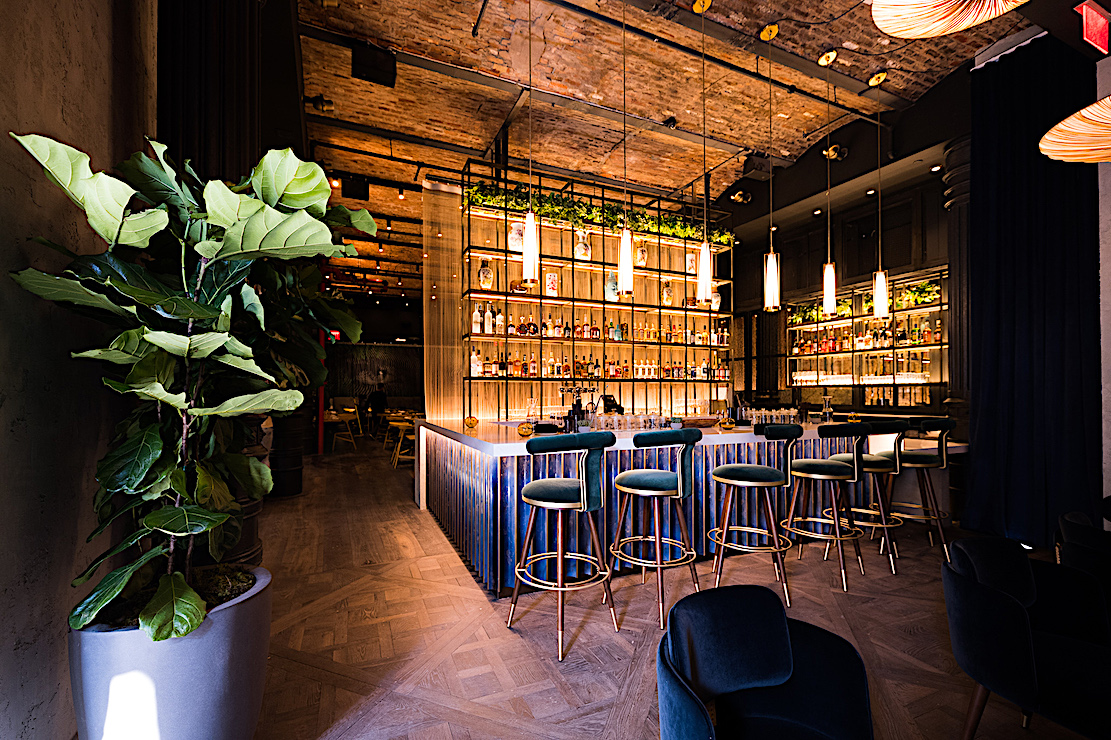 of
Eleven Madison Park and Per Se) and Chef de
Cuisine Martell Fonville, who offer a
wide-ranging menu that takes in China, Japan,
Thailand and Korea, even American desserts, with
considerable authority.
of
Eleven Madison Park and Per Se) and Chef de
Cuisine Martell Fonville, who offer a
wide-ranging menu that takes in China, Japan,
Thailand and Korea, even American desserts, with
considerable authority.
Kyu, which originated in Miami in 2016, is
described as a Japanese yakiniku
wood-fired grill, though the menu goes way beyond
that. The restaurant’s name, used in Japanese
martial arts and tea ceremonies, refers to levels
of proficiency, although owner Alan Omsky admits
it was actually a typo for “ThanKYU.” The New York
operation is a cavernous one with a big Asian
vibe, and there’s no question it’s set up to
attract a crowd at the mirrored bar upfront and a
twenty-to-thirty something crowd in the vast
dining room, whose rear wall (though difficult to
make out in the dim lighting) is a dramatic pair
of women’s eyes surveying the night’s festivities.
There’s an open
kitchen to one side, bare tables, banquettes along
three walls and a lot of tables packed into the
center. The well informed service staff, managed
by Bethany Lucas, is fleet-footed and quite
amiable, even when the place is fullest, and the
food comes out “when ready” rather than in
courses, which makes it a lot of fun to share.
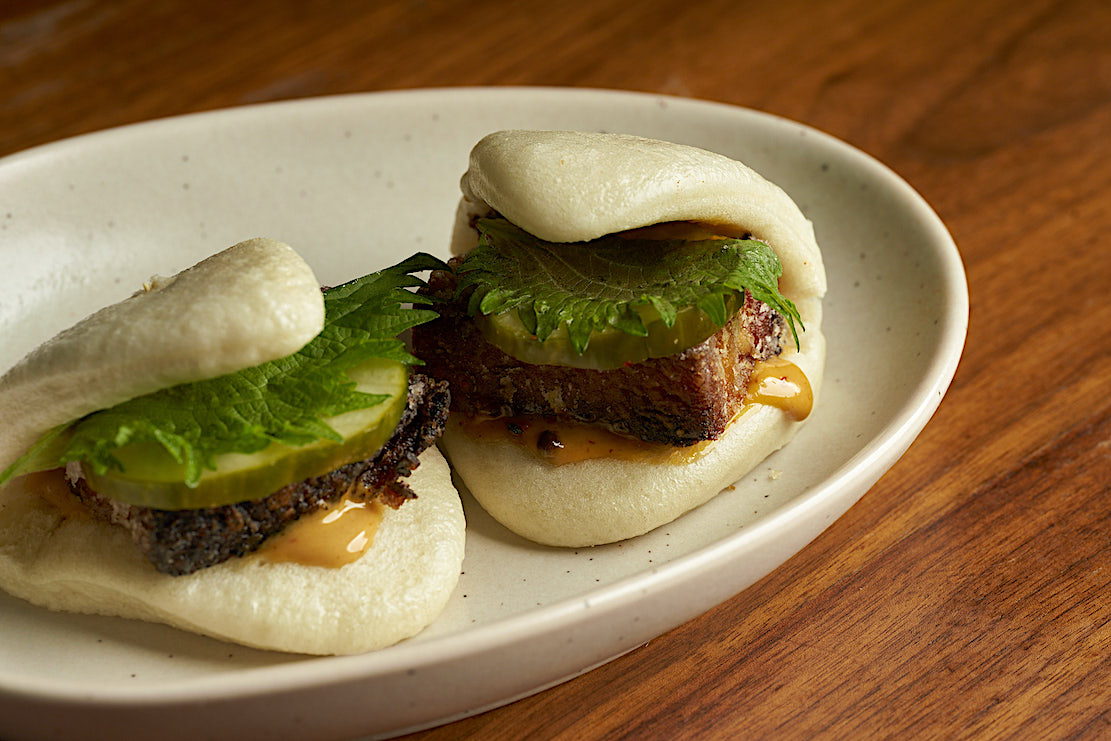 Before I get to the highly
appealing food, however, let me state that, unless
they modify the sound level—which my handy iPhone
app tracked at an excruciating 90 decibels—Kyu can
be an ordeal over the course of a couple of hours,
with everyone at every table shouting to be heard
above the din. The high ceilings and hard surfaces
don’t help, but the boom-thud-boom-thud
of piped in music (which no one could possibly
identify) makes for a lot more wear and tear on
the eardrums.
Before I get to the highly
appealing food, however, let me state that, unless
they modify the sound level—which my handy iPhone
app tracked at an excruciating 90 decibels—Kyu can
be an ordeal over the course of a couple of hours,
with everyone at every table shouting to be heard
above the din. The high ceilings and hard surfaces
don’t help, but the boom-thud-boom-thud
of piped in music (which no one could possibly
identify) makes for a lot more wear and tear on
the eardrums.
The menu
is long—a little trimming wouldn’t hurt—and
portions are generous and easy enough for a table
to share. Under the cutesy-cutesy category of
“Snacky Snacks” are two forms of shishito peppers
($14 and $17) and some velvety soft, fat steamed
buns, filled with either rich pork belly ($20) or
soft-shell crabs ($25) now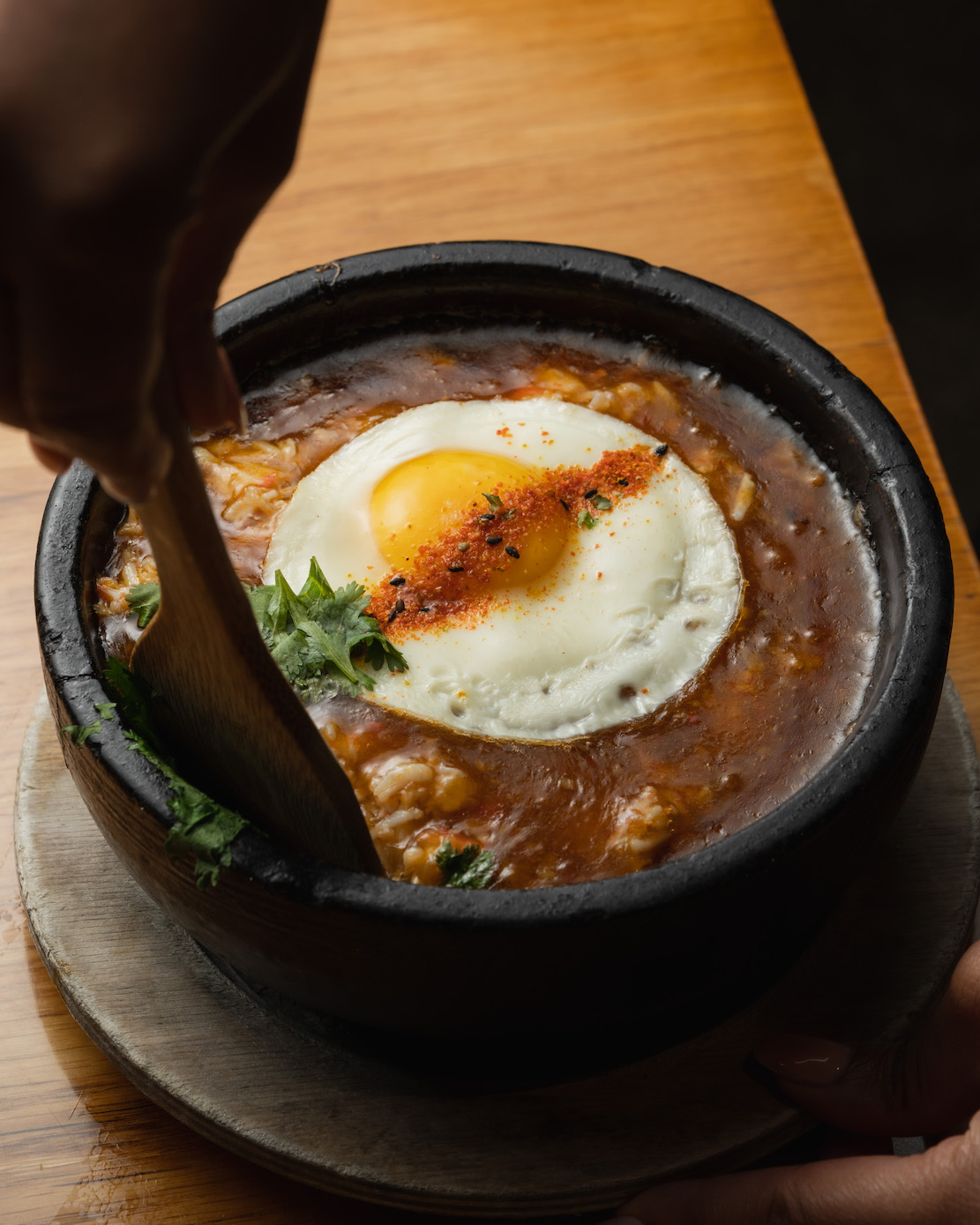 in season.
Under “Chilled and Refreshing” are pink morsels of
wonderful tuna tataki with
fire
roasted peppers, fermented chili and a bite of
citrus ($24). A real surprise was something the
chef sent out
called “Chicories,” a big colorful salad
with well-melded elements of yuzu, caramelized
mirin wine and sesame bread crumbs for texture
($24).
in season.
Under “Chilled and Refreshing” are pink morsels of
wonderful tuna tataki with
fire
roasted peppers, fermented chili and a bite of
citrus ($24). A real surprise was something the
chef sent out
called “Chicories,” a big colorful salad
with well-melded elements of yuzu, caramelized
mirin wine and sesame bread crumbs for texture
($24).
By that point in the
meal, I
was hankering for some starch, so a generous stone
pot of Thai fried rice, which can be had with
either King crab ($42) or duck ($38) or by itself
($32), was very welcome. Since it
is wood-fired, the rice and the ingredients take
on a light smokiness with plenty of spices and
sweet flavors laced in. 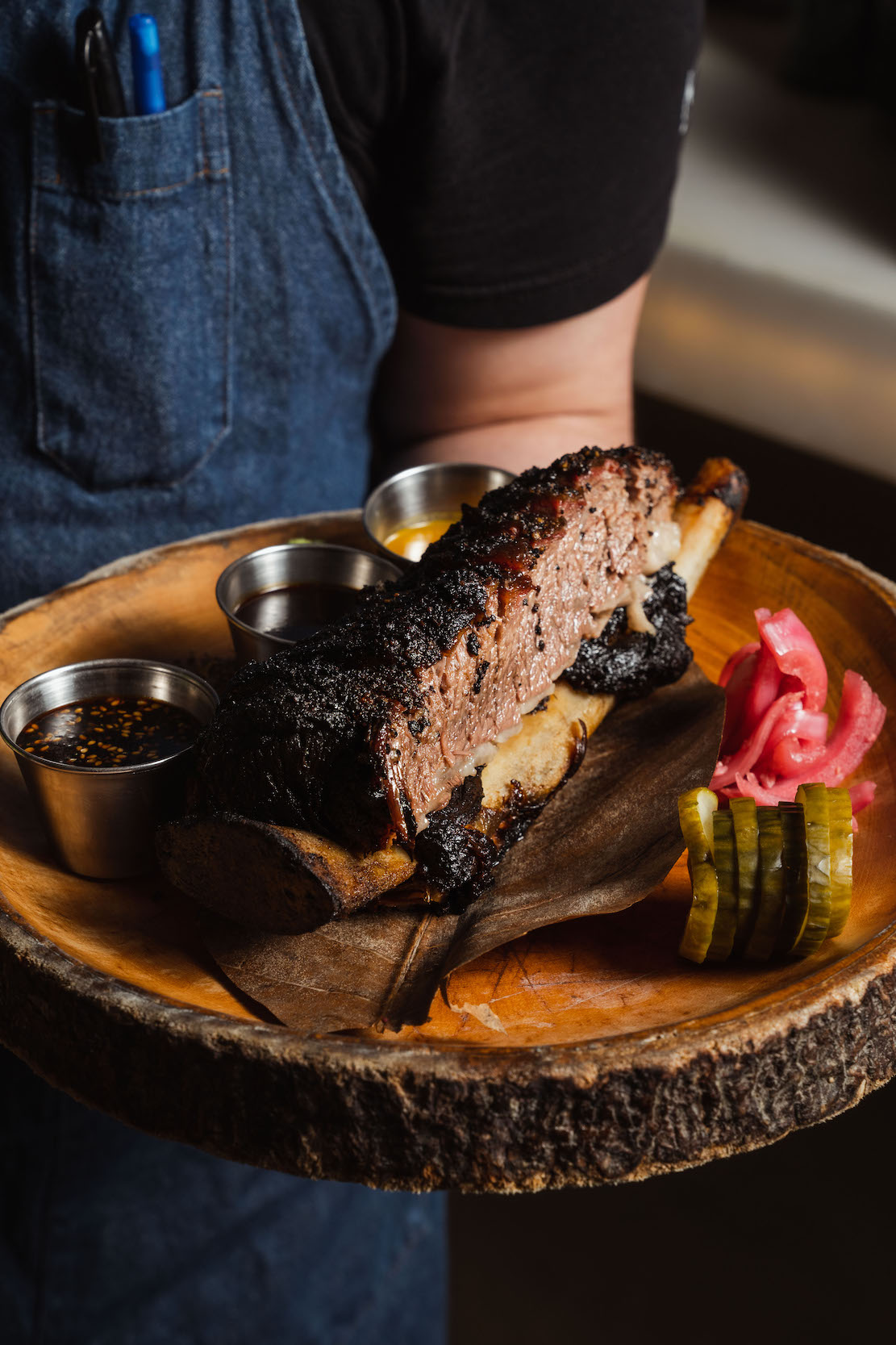 Baby
back ribs with yanikuku and cilantro ($40) seemed
requisite, and to use the cliché that they fell
off the bone is absolutely true. Dry-aged lamb
saddle with a sweet-tangy Mongolian glaze ($64)
was a huge triumph, both in flavors and portion
(our table of four took some home), served with an
odd but tasty potato gratin that was more soupy
than substantial. By the way, there are a lot of
dishes that are quite sweet, which is fine unless
you order too many of them.
Baby
back ribs with yanikuku and cilantro ($40) seemed
requisite, and to use the cliché that they fell
off the bone is absolutely true. Dry-aged lamb
saddle with a sweet-tangy Mongolian glaze ($64)
was a huge triumph, both in flavors and portion
(our table of four took some home), served with an
odd but tasty potato gratin that was more soupy
than substantial. By the way, there are a lot of
dishes that are quite sweet, which is fine unless
you order too many of them.
No one
should resist the Korean fried chicken with
braised spinach ($34), which is every bit as good
as any you’d find around town, maybe even juicier.
One might not
expect a kitchen like this to perform as well with
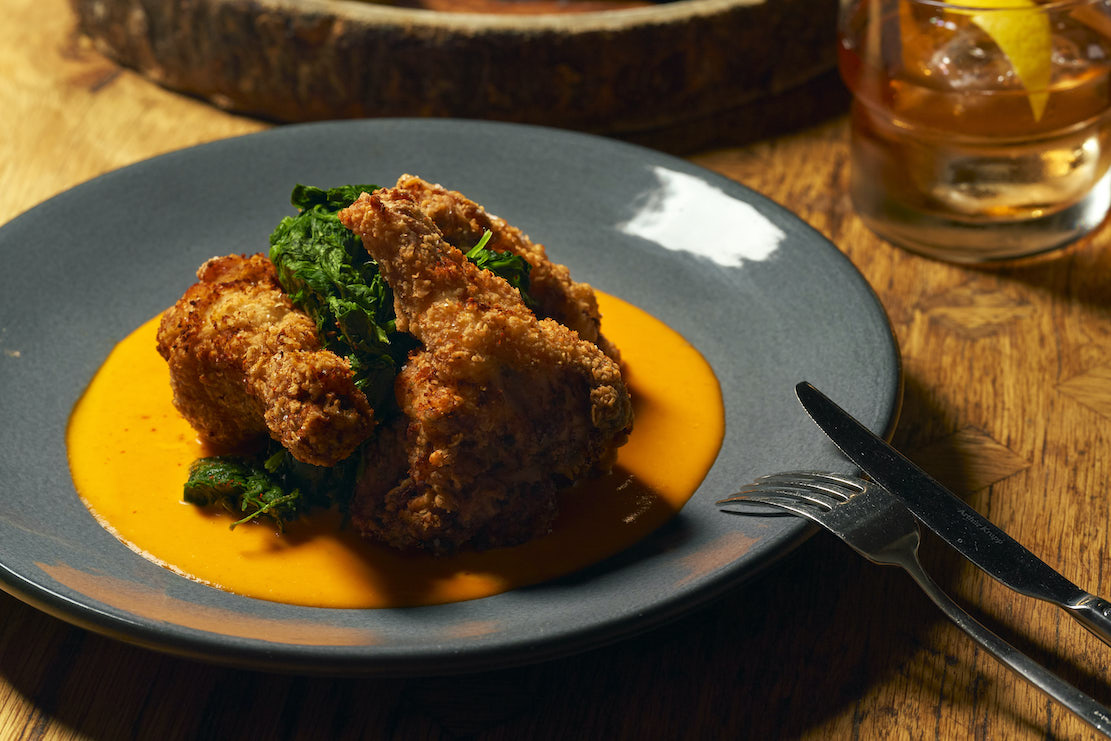 seafood
as
with meats, but the bass with fermented Brussels
sprouts, wood-fired dashi and
interesting smoked bread ($40) and a superb
pan-roasted halibut with brown butter, white miso
sauce and pickled myoga slaw
($38) were every bit as good as the rest of the
meal. Again, the portions were lavish.
seafood
as
with meats, but the bass with fermented Brussels
sprouts, wood-fired dashi and
interesting smoked bread ($40) and a superb
pan-roasted halibut with brown butter, white miso
sauce and pickled myoga slaw
($38) were every bit as good as the rest of the
meal. Again, the portions were lavish.
Desserts
demand attention when they are as varied and
interesting as “mom’s coconut cake” of many
layers, with coconut ice cream ($18); a truly
yummy dark chocolate s’mores cake with banana
bourbon ice cream ($20); and a dauntingly good
“soaked milk bread” with wood-fired pineapple and
sticky soy toffee sauce ($22).
It’s impossible not to love so
much of this food, and were I in the mood, I’d
visit once a month. But, given the assault on my
eardrums, I think I’ll order pick-up if they offer
it, at least until the din dies down.
Kyu is open nightly for dinner.
ANOTHER VERMEER


“David? Gerald Kiley.” (David wondered if anyone ever called him Gerry.)
“Hey, what’s up?”
“Maybe nothing, maybe a lot, but it’s the kind of thing that may be of interest to both of us.”
“Shoot.”
“Well, we just learned that João Correia, the Brazilian billionaire who was on my short list of bidders for the Vermeer, was kidnapped two weeks ago.”
“And you’re just hearing about it now?”
“In these cases the families never call the police because the cops are often in on the kidnapping.”
“So, how’d you hear about it?”
 “We got a
tip from a guy in Scotland Yard who heard it from
a guy in the Control Risks Group.”
“We got a
tip from a guy in Scotland Yard who heard it from
a guy in the Control Risks Group.”“The company that provides kidnap negotiators to the family without going to the local police, right?”
“Right. CRG is the biggest and the best. But the weird thing is that CRG was never contacted about Correia’s disappearance. With his kind of wealth, they’d be the logical experts to bring in, but they’ve heard nothing except that Correia disappeared two weeks ago.”
“How’d it happen?” asked David.
“No one knows. I have to assume that Correia was ambushed somewhere in his bulletproof Mercedes. I’m sure he had bodyguards, but a lot of the time they’re in on the job. You just never know. But by now negotiations should have been well under way. The kidnappers would contact the family, demand a ransom, a negotiator would be called in, he’d demand ‘proof of life’ that the victim was still alive, and then it could take months to close the deal. But no one has heard anything from anyone. They could have taken him deep into the jungle.”
“Correct me if I’m wrong, Gerald, but these kidnappers are always after money and have no intention of killing their victim.”
“Correct. Why kill the golden goose?”
“What’s the highest amount of money ever paid for a ransom?”
“I think the current figure is $30 million—it was for a Mexican banker—but it could be higher by a lot.”
“So, level with me, Gerald. What’s going through your mind?”
“I’m beginning to think there’s something criminal going on with this auction. I didn’t think much of your theory about the late Mr. Saito, but this kidnapping of a potential bidder during this same period is suspicious. It’s possible that he’s alive and being kept out of the bidding until it’s over. Or, that the ransom will be so high, the last thing he’ll want to think about is putting out $100 million for a painting.”
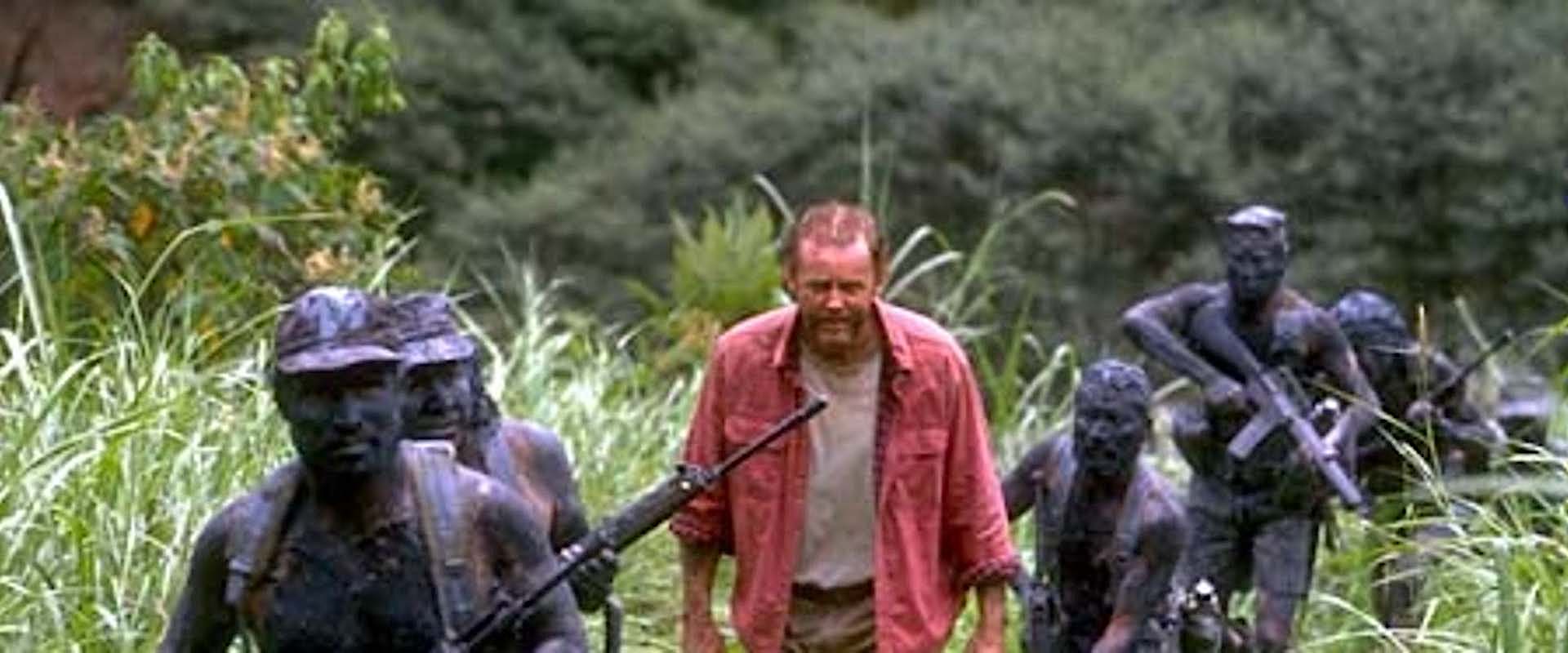
“Isn’t it also possible he’s been murdered, so he won’t even have a chance to bid?”
“I thought that, too. But we’ve currently got nothing but rumor to go on. Fact is, as far as everyone but his family is concerned, he’s not even missing. Maybe he’s just off cutting down more of the Amazon rain forest. Maybe got eaten by piranhas. Unlikely, but there it is.”
David’s mind was racing. “So, Gerald, you think there’s something to my Saito theory? That maybe he was whacked to get him out of the bidding?”
“Maybe so. But again”—playing it officially safe—“it’s all conjecture. There is no proof any crime has taken place.”
“Well, then, Gerald, there’s a phone call I’d like to ask you to make.”
“What’s that?”
“I want you to call the hospital in Tokyo that did the autopsy on Saito and get a definitive answer on how he died. I tried through a Tokyo cop I know, but he wouldn’t do anything without an official request from a legit police agency. Like Interpol.”
“Hmm, I’m pretty sure I can act on that,” said Kiley. “It’ll take cutting through some red tape around here, but I can probably make a case for it now. Do you think I should go through your cop friend first?”
“I’d like to say yes,” said David, “but I think he’s going to be wary of getting another phone call on the matter. Can you just call the coroner’s officer direct in Tokyo.”
“Guess I can. Okay, let me knock some heads together and I’ll get back to you.”
“Thanks, and let me know if you hear anything more about Correia.”
“Will do.”
“By the way, Gerald, if this does develop into a case of international criminal activity, who do you think the most likely culprit might be?”
“Well, it wouldn’t be the Chinese.”
“Why not?”
“Because it is entirely in their interest to have a large number of bidders pushing the price as high as they can. It could be some Hong Kong collector we don’t have on our list or it could be Hai Shui.”
“You think Shui is capable of murder?”
“Well, there’s nothing in his record that shows him to be anything but a hard-nosed, maybe ruthless entrepreneur.”
“What about the Russian?” asked David.
“Stepanossky? For the moment I think he could be the prime suspect. As you already know, he’s ex-K.G.B. and he leapt up into billionaire status with the help of his old colleagues and the government officials who dole out favors to their cronies.
 Basically, the
whole Russian government operates as one big
management operation for the post-Soviet
oligarchs, who fall in and out of favor as they
always did. Every one of them was a staunch
communist who suddenly became an avid capitalist,
although their form of capitalism is a lot like
the Mafia’s. Their idea of the land of opportunity
is to grab the land whenever there’s an
opportunity, whatever the means used to get it.”
Basically, the
whole Russian government operates as one big
management operation for the post-Soviet
oligarchs, who fall in and out of favor as they
always did. Every one of them was a staunch
communist who suddenly became an avid capitalist,
although their form of capitalism is a lot like
the Mafia’s. Their idea of the land of opportunity
is to grab the land whenever there’s an
opportunity, whatever the means used to get it.”“So you think Stepanossky is very well enough connected and powerful enough to cross international lines to get to his enemies?”
“To one degree or another, they all are,” replied Kiley. “Then again, we’ve been hearing Stepanossky’s been having his own troubles with some of the other factions within the government. He used to have the bogus title of Presidential Property Management Department under Yeltsin, and you can only imagine how he ran that office for his own enrichment. But since he got filthy rich, he officially resigned from the government, and now his old job has been taken by another ex-K.G.B. mobster named Vladimir Putin.
 We don’t know much about him yet,
but he’s considered a rising star, or demon, in
the present regime, and supposedly he thinks of
himself as a real tough guy.”
We don’t know much about him yet,
but he’s considered a rising star, or demon, in
the present regime, and supposedly he thinks of
himself as a real tough guy.”“So then you think Stepanossky’s trying to get rid of the other bidders so he can get a lower price on the painting?”
“Yes, which would really piss off the Chinese. They hate these ex-Soviet mobsters.”
“And the other guys on the list? I know Balaton has connections to the Macau casino mobsters, right?”
“From what we know, definitely. He’s been linked to a guy named Kun Chang, who started out as a smuggler during the war then afterwards built a small fortune in luxury goods and running the highly lucrative ferry business between Hong Kong and Macau. Then Chang and his partners moved in on the casino business, pushed aside the dominant players, and became the kingpin of the industry there. Runs a national lottery, too.”
“And the Chinese government allows him that kind of power?”
“As long as the Chinese get a really good return from the casinos on Macau, they are pretty much hands-off. Chang has been very valuable to them. Macau was a Portuguese colony for five centuries, and they set up the island’s first gambling operations back in the 19th century. China still has a formal agreement with Portugal to live and let live, at least for the time being. These days half the city’s income comes from gambling.”
“So where does Balaton figure into all this?”
“I think the Chinese and Chang believe Balaton is the key to bringing in American and British tourists to Macau, which the Portuguese will probably have to cede all control over soon. Right now Macau doesn’t earn anything like the money Las Vegas does. Oddly enough, they don’t even have poker.”
“Sounds like Balaton could be very valuable that way,” said David, “especially since you told me he’s still got mob ties in Vegas.”
.jpeg) “And
here’s the thing,” said Kiley. “Chang’s been
involved with the Kung Lok Triad . . .”
“And
here’s the thing,” said Kiley. “Chang’s been
involved with the Kung Lok Triad . . .”“The Macau Mafia,” said David.
“Right. And Balaton knows how to deal with gangsters. So he’s very valuable to Chang.”
“But from what Katie and I learned in Vegas, Balaton’s dabbling in the art market has been with mediocre stuff he sticks in his casino. What would spending $100 million on the Vermeer do for him? I was told the guy has horrible taste in art.”
“Who told you that?”
“Steve Wynn.”
Kiley shrugged and said, “That figures. I don’t know, maybe Balaton’s got bad taste, maybe he’s hiding his good taste. But if he could buy the Vermeer, paying the Chinese in U.S. dollars, Chang and the Chinese are both winners.”
“How so?”
“Well, the Chinese will be giddy to get $100 million. Now, suppose Balaton hangs the painting in one of Chang’s casinos—the only Vermeer in Asia and the most expensive painting in the world. It could become a huge tourist attraction, especially for Americans and Europeans. Plus, the Chinese always know where it is, on Chinese soil, and can get their hands on it any time they wish.”
David was taking all this new information in, encouraged that Kiley was now not only forthcoming but that he had come around to believing David’s suspicions about criminal activity.
“But hold on, Gerald,” he said. “If Balaton, maybe with Chang, is arranging for the other bidders to disappear or drop out, and the painting sells for much less as a result, what have the Chinese to gain? Plus, something tells me the Chinese would put two and two together and Balaton and Chang would be in deep shit.”
“Which is why,” said Kiley, “I don’t think Balaton is a prime suspect. He may not have a hundred mill for the painting but with Chang and maybe even the Kung Lok mobsters behind him he might be able to bid that high. And everybody comes out smelling, sort of, like a rose. He’d be using the painting as leverage to build good will with his Chinese benefactors.”
David wasn’t entirely convinced by Kiley’s logic but acknowledged that it would not be a smart move to piss off the Chinese.
“So, for the moment, then,” said David. “You think Stepanossky is our guy.”
“For the moment, yeah. We’re just going to see how this plays out. Meanwhile Interpol is watching all the activities closely.”
“And you’ll call about that autopsy on Saito?”
“Soon as I get the okay.”
As David was about to hang up, Kiley said, “And David, I gotta admit I thought you were just a retired cop, maybe a little bored, maybe a little too keen to find a case somewhere, but this is starting to smell.”
David smiled and pinched his nostrils.
❖❖❖
A True Story About
Cheval Blanc (Probably)
By Geoff Kalish

Château d'Yquem
In planning a visit to France’s St.
Émilion later this year I am reminded of a
wonderful story about one of its most famous
vineyards, Château Cheval-Blanc.
A number of years ago, I was invited to dine
with a client at a restaurant outside of Wilmington,
Delaware, that purportedly featured a top-flight
wine list. After being seated and viewing the
book-sized wine list, I was introduced to the owner,
who was informed by my client that I wrote about
wine. I told him how impressed I was with the wine
list and asked if we could see the wine cellar. “Of
course,” he replied and proudly escorted us to the
wine cellar below.
The cellar was huge and filled from top to
bottom with prized bottles from all over the world.
I was awed and asked the owner a number of questions
about the cellar and finally asked if anyone ever
returned a bottle after ordering and tasting. He
told me it was unusual but that he just had an
incident the week before that he thought I would
appreciate.
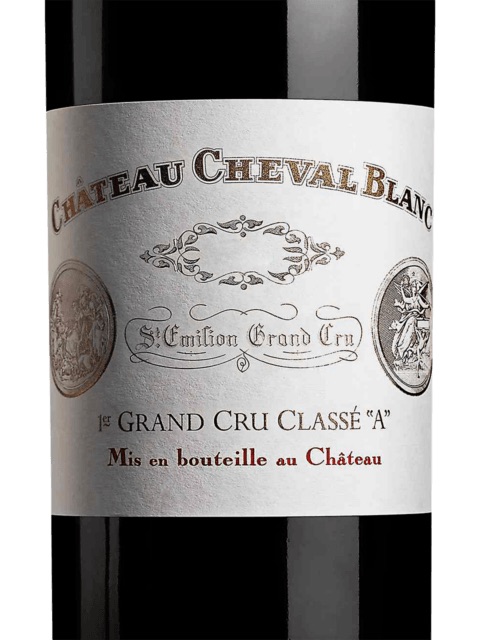 A brash Texas oil
millionaire who was visiting the area on business
with his entourage and much younger wife had
reserved a table at the restaurant and had in
advance informed the establishment that they would
be celebrating his wife’s birthday. When presented
with the wine list, he told the sommelier that he
just wanted a bottle of wine 30 years old—the same
age as his wife. The sommelier told him that they
had a bottle of 30-year-old Château Cheval Blanc,
which the Texan immediately ordered. Not
wanting to have a problem with the bill, the
sommelier whispered the price in the Texan’s ear and
the Texan replied, “If it's 30 years old, just bring
it as soon as possible.”
A brash Texas oil
millionaire who was visiting the area on business
with his entourage and much younger wife had
reserved a table at the restaurant and had in
advance informed the establishment that they would
be celebrating his wife’s birthday. When presented
with the wine list, he told the sommelier that he
just wanted a bottle of wine 30 years old—the same
age as his wife. The sommelier told him that they
had a bottle of 30-year-old Château Cheval Blanc,
which the Texan immediately ordered. Not
wanting to have a problem with the bill, the
sommelier whispered the price in the Texan’s ear and
the Texan replied, “If it's 30 years old, just bring
it as soon as possible.”
The sommelier went to the wine cellar and
brought up a 30-year-old bottle of Cheval Blanc and
proceeded to open and decant it, at which point the
Texan shouted, “Oh, my God, it’s red!” To which the
sommelier commented. “Of course it’s red, what did
you expect?” The Texan replied, “My wife’s allergic
to red wine and you told me it was ‛blanc,’ and
that’s white where I come from.”
Perplexed, the sommelier immediately sought
out the owner and explained the situation. At first
the owner didn’t know what to do, but then, after
looking at the wine list that contained a
30-year-old bottle of Château D’Yquem, told the
sommelier to offer it to the Texan, and figured with
the mark up on the Yquem he would cover the loss on
the Cheval Blanc.
The sommelier informed
the Texan that indeed they had a 30-year- old white
wine, but that it was very sweet. To which the Texan
replied, “Sweet or sour, if it’s 30 years old, just
bring it.’” So the sommelier went down to the cellar
and brought up the bottle of Yquem and served it, to
the delight of the Texan and his entourage. And
notably, the Texan left a very large tip, which made
up for the sommelier’s angst.
But now the sommelier had a decanter full of
30-year-old Cheval Blanc and asked the owner what to
do with it. The owner told him to give it to the
bartender and tell him to serve it as house red wine
to any of their good customers. So he did, but soon
after the bartenders changed shifts and the new
bartender was just told to serve “some wine given to
me by the sommelier as house red to good customers.”
Sure enough, later that evening a
couple well-known to the restaurant came to the bar
and asked for two glasses of red wine, upon which
they were served two glasses of the Cheval Blanc.
“What an
upgrade this wine is,” noted the customers, asking
the bartender what it was. The wine being in a
decanter and the bartender not being informed about
the earlier incident, he told the customers that it
was just house wine and told the customer to refer
to the wine list, which noted that it was Robert
Mondavi Red. The man wrote down “Robert Mondavi Red”
and said he would buy a few bottles of it the next
day.
Moral of the story:
You can’t tell a book by its cover and you may not
be able to tell a wine by its label, so make sure
you know what the label on the bottle means or
ask a knowledgeable person.
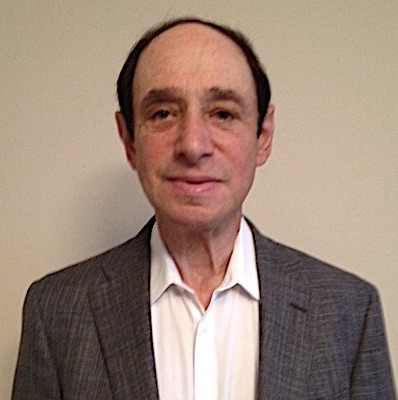
❖❖❖
Any of John Mariani's books below may be ordered from amazon.com.
 The Hound in Heaven
(21st Century Lion Books) is a novella, and
for anyone who loves dogs, Christmas, romance,
inspiration, even the supernatural, I hope you'll find
this to be a treasured favorite. The story
concerns how, after a New England teacher, his wife and
their two daughters adopt a stray puppy found in their
barn in northern Maine, their lives seem full of promise.
But when tragedy strikes, their wonderful dog Lazarus and
the spirit of Christmas are the only things that may bring
his master back from the edge of despair.
The Hound in Heaven
(21st Century Lion Books) is a novella, and
for anyone who loves dogs, Christmas, romance,
inspiration, even the supernatural, I hope you'll find
this to be a treasured favorite. The story
concerns how, after a New England teacher, his wife and
their two daughters adopt a stray puppy found in their
barn in northern Maine, their lives seem full of promise.
But when tragedy strikes, their wonderful dog Lazarus and
the spirit of Christmas are the only things that may bring
his master back from the edge of despair. WATCH THE VIDEO!
“What a huge surprise turn this story took! I was completely stunned! I truly enjoyed this book and its message.” – Actress Ali MacGraw
“He had me at Page One. The amount of heart, human insight, soul searching, and deft literary strength that John Mariani pours into this airtight novella is vertigo-inducing. Perhaps ‘wow’ would be the best comment.” – James Dalessandro, author of Bohemian Heart and 1906.
“John Mariani’s Hound in Heaven starts with a well-painted portrayal of an American family, along with the requisite dog. A surprise event flips the action of the novel and captures us for a voyage leading to a hopeful and heart-warming message. A page turning, one sitting read, it’s the perfect antidote for the winter and promotion of holiday celebration.” – Ann Pearlman, author of The Christmas Cookie Club and A Gift for my Sister.
“John Mariani’s concise, achingly beautiful novella pulls a literary rabbit out of a hat – a mash-up of the cosmic and the intimate, the tragic and the heart-warming – a Christmas tale for all ages, and all faiths. Read it to your children, read it to yourself… but read it. Early and often. Highly recommended.” – Jay Bonansinga, New York Times bestselling author of Pinkerton’s War, The Sinking of The Eastland, and The Walking Dead: The Road To Woodbury.
“Amazing things happen when you open your heart to an animal. The Hound in Heaven delivers a powerful story of healing that is forged in the spiritual relationship between a man and his best friend. The book brings a message of hope that can enrich our images of family, love, and loss.” – Dr. Barbara Royal, author of The Royal Treatment.
 |
The Encyclopedia of American Food and Drink by John F. Mariani (Bloomsbury USA, $35) Modesty forbids me to praise my own new book, but let me proudly say that it is an extensive revision of the 4th edition that appeared more than a decade ago, before locavores, molecular cuisine, modernist cuisine, the Food Network and so much more, now included. Word origins have been completely updated, as have per capita consumption and production stats. Most important, for the first time since publication in the 1980s, the book includes more than 100 biographies of Americans who have changed the way we cook, eat and drink -- from Fannie Farmer and Julia Child to Robert Mondavi and Thomas Keller. "This book is amazing! It has entries for everything from `abalone' to `zwieback,' plus more than 500 recipes for classic American dishes and drinks."--Devra First, The Boston Globe. "Much needed in any kitchen library."--Bon Appetit. |
"Eating Italian will never be the same after reading John Mariani's entertaining and savory gastronomical history of the cuisine of Italy and how it won over appetites worldwide. . . . This book is such a tasteful narrative that it will literally make you hungry for Italian food and arouse your appetite for gastronomical history."--Don Oldenburg, USA Today. "Italian
restaurants--some good, some glitzy--far
outnumber their French rivals. Many of
these establishments are zestfully described
in How Italian Food Conquered the World, an
entertaining and fact-filled chronicle by
food-and-wine correspondent John F.
Mariani."--Aram Bakshian Jr., Wall Street
Journal.
"Equal parts
history, sociology, gastronomy, and just
plain fun, How Italian Food Conquered the
World tells the captivating and delicious
story of the (let's face it) everybody's
favorite cuisine with clarity, verve and
more than one surprise."--Colman Andrews,
editorial director of The Daily
Meal.com. "A fantastic and fascinating
read, covering everything from the influence
of Venice's spice trade to the impact of
Italian immigrants in America and the
evolution of alta cucina. This book will
serve as a terrific resource to anyone
interested in the real story of Italian
food."--Mary Ann Esposito, host of PBS-TV's
Ciao
Italia. "John Mariani has written the
definitive history of how Italians won their
way into our hearts, minds, and
stomachs. It's a story of pleasure over
pomp and taste over technique."--Danny Meyer,
owner of NYC restaurants Union Square
Cafe, The Modern, and Maialino.
|
 |
 |
 |
 |
 |
 |
 Everett Potter's Travel Report:
Everett Potter's Travel Report: 
 Eating Las
Vegas JOHN CURTAS has been covering
the Las Vegas food and restaurant scene
since 1995. He is the co-author of EATING LAS
VEGAS – The 50 Essential Restaurants (as
well as the author of the Eating Las
Vegas web site: www.eatinglasvegas.
He can also be seen every Friday morning as
the “resident foodie” for Wake Up With the
Wagners on KSNV TV (NBC) Channel 3 in
Las Vegas.
Eating Las
Vegas JOHN CURTAS has been covering
the Las Vegas food and restaurant scene
since 1995. He is the co-author of EATING LAS
VEGAS – The 50 Essential Restaurants (as
well as the author of the Eating Las
Vegas web site: www.eatinglasvegas.
He can also be seen every Friday morning as
the “resident foodie” for Wake Up With the
Wagners on KSNV TV (NBC) Channel 3 in
Las Vegas.
MARIANI'S VIRTUAL GOURMET
NEWSLETTER is published weekly. Publisher: John Mariani. Editor: Walter Bagley. Contributing Writers: Christopher
Mariani, Misha Mariani, John A. Curtas, Gerry Dawes, Geoff Kalish.
Contributing
Photographer: Galina Dargery. Technical
Advisor: Gerry
McLoughlin.
If you wish to subscribe to this
newsletter, please click here: http://www.johnmariani.com/subscribe/index.html
© copyright John Mariani 2022

